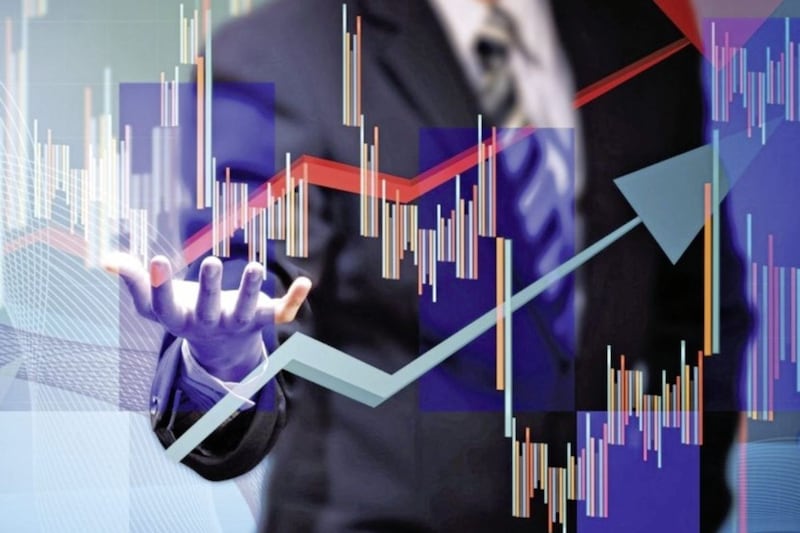JANUARY has never been my favourite month, but this year it has taken on a whole new guise. From the very beginning it has been a turbulent ride for the markets – inflation, the prospect of rising interest rates, political turmoil and even the threat of war.
Perhaps unsurprisingly we have seen a fairly dramatic rotation from growth to value stocks. This is always rather traumatic for investors – we have been very used to seeing a seemingly unstoppable rise in the largest tech stocks and it is hard to be prepared for the abrupt reversal of some of these gains.
As with anything in the markets, there is no easy explanation why the tech stocks have seen a sudden reversal of fortune. There is no clear relationship between growth stocks and rising interest rates and bond yields and history suggests that the connection varies too much.
On the one hand rising bond yields increase the discount rate applied to future cash flows and by definition, growth stocks offer higher future cash flows than other stocks. This should mean that growth stocks under-perform as yields rise.
On the other hand, bond yields are a measure of investors’ appetite for risk, so that rising yields indicate that investors are favouring higher risk (growth) assets. Clearly theory is not very helpful!
We have seen somewhat mixed results for the large tech companies so far this earnings season and this is where the main danger lies for growth stocks: any shortfall in earnings caused by disappointing demand makes it hard to justify such high valuations. We have, for example, seen those companies that benefitted from lockdown fare less well as we emerge from the pandemic. Very demanding ratings leave little room for disappointment.
Another feature of the markets so far this year has been the amount of merger and acquisition activity. One of the most high profile and favourably regarded was the takeover announced last week of Activision Blizzard by Microsoft. In contrast the approach by Unilever to purchase GlaxoSmithKline’s consumer health division was slammed by the markets and has given rise to questions about the future direction of the group.
Volatility has seen a dramatic increase too: in early November the Vix index was just over 15 and it now stands at almost double that figure. There do not appear to be any new threats to markets, but the perceived probabilities relating to them have altered: markets are driven by expectations of how investors will react.
Strangely, volatility in the markets is a sign of agreement: if everyone judges there to be downside risks, everyone will sell, resulting in a sharp price fall, whereas if they disagree there are buyers and sellers which mean prices do not have to change much.
We are living in interesting times in terms of the market and with such volatility comes opportunity, although it may take a little time for this to become apparent and it seems likely that the bumpy ride is not over yet.
:: Cathy Dixon is a partner at the Belfast office of Smith & Williamson Investment Management. This article does not constitute a recommendation to buy or sell investments and the value of any shares may fall as well as rise.









